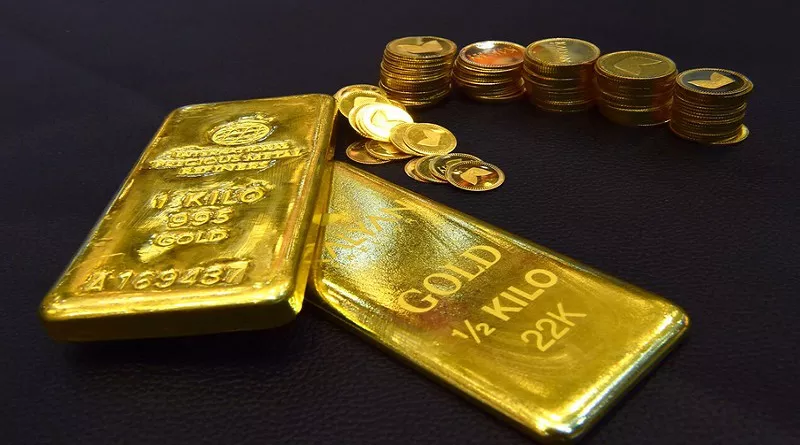In the world of precious metals, gold stands as a timeless symbol of wealth and value. However, within the realm of gold trading, a nuanced difference exists between the terms “Gold” and “Spot Gold.” In this exploration, we dissect the distinctions between these two concepts, shedding light on their unique characteristics and implications in the financial landscape.
Understanding Gold: A Precious Metal with Timeless Appeal
Gold, in its essence, refers to the physical metal itself. Recognized for its lustrous appearance, malleability, and rarity, gold has been coveted for centuries as a store of value and a medium of exchange. Investors and collectors often acquire gold in various forms, including coins, bars, and jewelry, contributing to its enduring popularity.
Spot Gold Defined: The Real-Time Market Value
On the other hand, Spot Gold refers to the current market price of gold for immediate settlement and delivery. It represents the value of one troy ounce of gold at any given moment in the financial markets. The term “spot” implies the transaction occurs on the spot, meaning that the settlement and delivery of the gold happen promptly, typically within two business days.
Key Differences: Gold as a Physical Asset, Spot Gold as a Price Benchmark
Physical Presence:
Gold: Encompasses the tangible metal in various forms, including coins, bars, and jewelry.
Spot Gold: Refers to the current market price of gold for immediate transactions, without physical delivery necessarily occurring.
Ownership and Possession:
Gold: Implies ownership of the physical metal, requiring secure storage and safekeeping.
Spot Gold: Reflects a pricing benchmark used for financial transactions without the necessity of physical possession.
Market Transactions:
Gold: Involves buying or selling physical gold items, with the transaction typically completed through dealers, banks, or other authorized entities.
Spot Gold: Represents a financial transaction based on the real-time market price, enabling traders and investors to speculate on price movements without handling the physical metal.
Spot Gold Market Dynamics: A Snapshot of Real-Time Pricing
Liquidity and Accessibility:
The Spot Gold market is highly liquid, allowing for swift and efficient buying or selling of gold positions at the prevailing market price.
Traders can access Spot Gold prices through various financial instruments, including futures contracts and exchange-traded funds (ETFs).
Influence on Financial Markets:
Changes in Spot Gold prices can influence broader financial markets, impacting currency values and serving as an indicator of market sentiment.
Gold’s Allure Beyond Spot Prices: A Holistic Investment Approach
Tangible Asset Appeal:
Gold’s enduring appeal lies in its tangible nature, making it a physical asset that individuals can own and hold.
Portfolio Diversification:
Investors often turn to physical gold as a means of diversifying their portfolios, providing a hedge against economic uncertainties and inflation.
Conclusion: Navigating the Gold Landscape
In the complex landscape of gold trading, the distinction between “Gold” and “Spot Gold” is pivotal for investors and traders alike. While gold, as a physical asset, carries a timeless allure, Spot Gold represents the real-time market price, shaping transactions in the financial realm. Understanding these nuances allows market participants to navigate the gold landscape with clarity, leveraging both the tangible appeal of physical gold and the dynamic opportunities presented by real-time pricing in the Spot Gold market. Whether acquiring gold for its intrinsic value or engaging in speculative trading, a nuanced approach to these concepts ensures informed decision-making in the ever-evolving world of precious metals.

